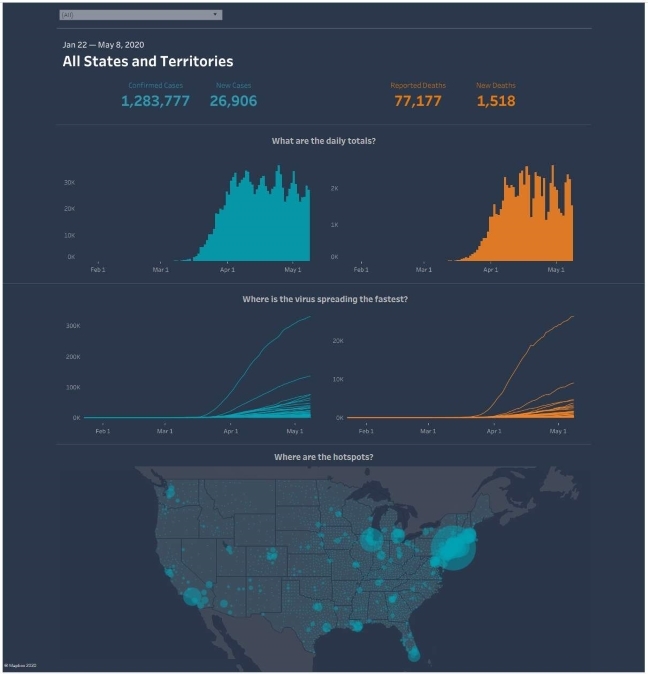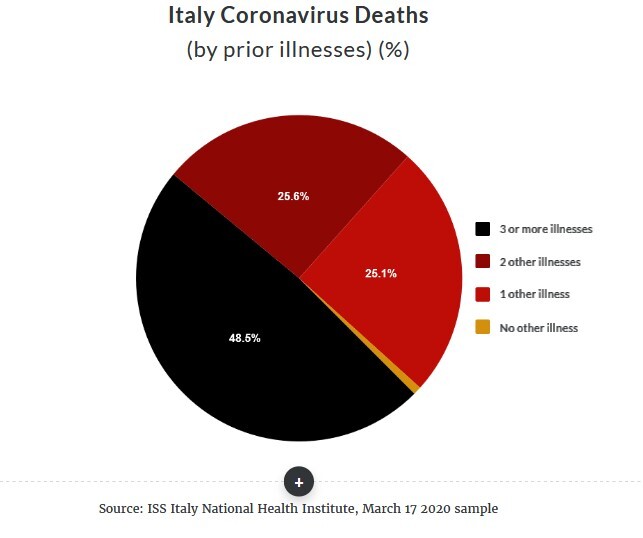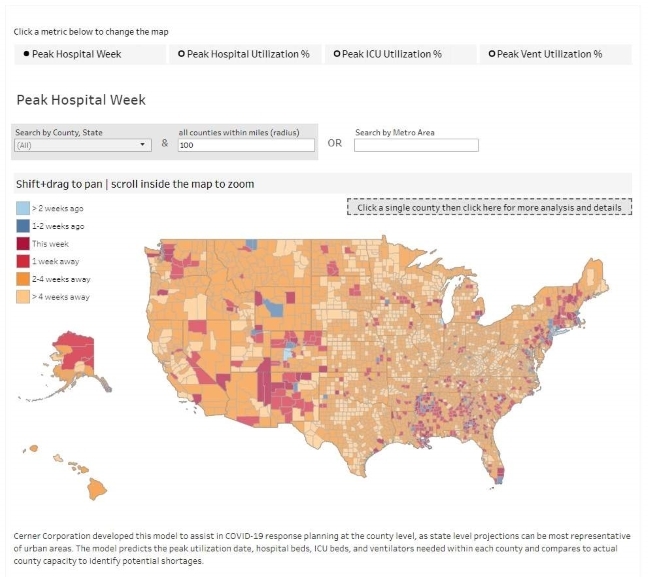How Organisations Use Different Types of Data Analytics
Organisations use data in varying ways to gain useful insights to make informed decisions.
Most of the organisations use some form of reports to measure key performance indicators, such as revenue, profit margins or the number of customers. Few companies use analytic techniques, such as segmentation, to understand the different cohorts of customers and develop products, services and marketing to cater to each segment of customers.
Companies with mature data analytics practices use data to develop predictive models that help them make forward-looking decisions. For example, banks use models to understand default risk associated with a customer and make a decision as to if they want to grant a loan to that customer. According to Gartner, analytics can be categorised into four segments: Descriptive, Diagnostic, Predictive and Prescriptive.
Analytics according to Gartner.
Descriptive Analytics
Descriptive analytics describes an outcome in the past and its root causes using measures and dimensions. This hindsight information is only used to understand what has happened.
Examples of descriptive analytics include the queries, reports and dashboards used in organisations to measure historical key performance indicators, such as revenue and progress, against various processes and initiatives. For example:
- Finance departments use reports to measure financial outcomes (e.g., revenue and margins) to establish if an organisation will meet its target;
- Marketing departments usually use reports and dashboards to measure the performance of their past campaigns; and
- Product departments use reports to understand the past performance of various products and services and decide whether to continue or discontinue a product.
The following chart exemplifies descriptive analytics (Hub, 2020). The chart below shows historical confirmed cases and reported deaths in the United States between 22 January 2020 and 8 May 2020. However, it does not provide any explanation on variance in the confirmed cases or make any forward-looking predictions.
 Confirmed cases and deaths due to coronavirus in the US
Confirmed cases and deaths due to coronavirus in the US
Most organisations have a data team that produces descriptive analytics using business intelligence tools. Companies have focused and made progress in using technology (data querying); however, the widespread use of reports and dashboards in organisations is still lacking. This can mainly be attributed to two factors: 1) data quality issues, which create a lack of trust about data; and 2) the scarcity of the skill sets required to visualise and present data in a way that is easy for business to understand and consume.
Diagnostic Analytics
Diagnostic analytics is used to uncover the root cause of an outcome and explain why something happened.
Diagnostic analytics focuses on providing deeper insights into a problem by using exploratory data analysis (EDA). The business function and analysts come up with a list of hypotheses to explain a certain business problem. The analysts then use exploratory data analysis techniques and statistical tests to deep dive into data to prove or disprove said hypotheses and develop new or refined hypotheses. This process continues until the business establishes a root cause for the problem. For example, marketing departments may conduct diagnostic analyses to gain insights into the reasons for a poor response to a previous campaign, which in turn will help them to improve future campaigns.
The following graph exemplifies diagnostic analytics (Ebhardt, Remondini, & Bertacche, 2020). It shows the cause and effect between death by Coronavirus in Italy and prior illnesses. This could help to answer a hypothesis as to whether the chance of death is higher among individuals with prior illnesses, which in turn could help healthcare workers to prioritise treating individuals with prior illnesses.

Most large organisations have analytics and insights teams to support exploratory data analysis.
However, the skills of these teams are undervalued and underdeveloped. Diagnostic analytics requires the development of problem-solving skills and business acumen, along with technology and basic applied mathematics.
Predictive Analytics
Predictive analytics uses data to predict future business outcomes and their associated drivers. It focuses on foresight by explaining what will happen using statistical and data mining tools and thus influence future decision making. Notably:
- Finance functions use forecasting techniques to predict future sales and revenues, which influences their future investments; and
- Marketing functions use predictive models in campaigns to determine the probability that a prospect will convert into a client. This helps them to focus their efforts on customers who are more likely to convert.
The following screenshot from COVID-19 Utilization Explorer – Cerner HealtheIntent exemplifies predictive analytics. The model predicts when the key milestones, such as peak hospitalisation week and peak hospital utilisation, will occur in different counties.
 Source: COVID-19 Utilization Explorer – Cerner HealtheIntent.
Source: COVID-19 Utilization Explorer – Cerner HealtheIntent.
Large technology organisations, such as Google and Facebook, use matured analytics and data science functions for predictive analytics. In the last three to five years, organisations have started to focus their efforts on developing predictive analytics skills.
Prescriptive Analytics
Prescriptive analytics uses data to decide a future course of action to achieve a business outcome.
This type of analytics focuses on uncovering how to realise an outcome using simulations, systems thinking and optimisation techniques to associate a business outcome with various alternatives. For example, marketing functions use media-mix models and simulations to optimise the amount spent on every media channel.
Few organisations have very mature analytics functions that use simulations, systems thinking and optimisation techniques to guide business decisions. Most organisations use descriptive and diagnostic analytics to measure performance and improve processes. They help companies track progress on essential metrics and change courses when they are not performing well against pre-defined metrics. Through descriptive analytics, companies have been able to provide transparency, improve processes, improve marketing campaigns and understand what has worked and not worked in the past.
A few companies have been able to use data science holistically. They combine descriptive, diagnostic, predictive and prescriptive analytics to gain a competitive advantage. Companies, such as Amazon, use data science to optimise their supply chain and provide targeted recommendations to their users on their next purchase. Netflix uses data science to advise on movies and shows based on viewing patterns. Netflix has now started to use data science algorithms to provide input into content creation.
Data science has also gained popularity in sports. Coaches use the biometric data of athletes during training to gain insights into how to optimise their performances. Formula One teams create simulations using race data to plan for their future races. The video below explains how McLaren uses data science. Companies, such as Google and Facebook, have taken this a step further and developed a way to monetise the data they collect. They generate advertising revenue from other companies as they have great insights about users.
This is an additional video, hosted on YouTube.
Additional Resources
Analytics. (2020). In Gartner glossary. Retrieved from https://www.gartner.com/en/information-technology/glossary/analytics
Without big data analytics, companies are blind and deaf, wandering out onto the web like deer on a freeway.
Gary King
Share this
Introduction to Digital Transformation: Understand and Manage Digital Transformation in the Workplace

Introduction to Digital Transformation: Understand and Manage Digital Transformation in the Workplace


Reach your personal and professional goals
Unlock access to hundreds of expert online courses and degrees from top universities and educators to gain accredited qualifications and professional CV-building certificates.
Join over 18 million learners to launch, switch or build upon your career, all at your own pace, across a wide range of topic areas.
Register to receive updates
-
Create an account to receive our newsletter, course recommendations and promotions.
Register for free







